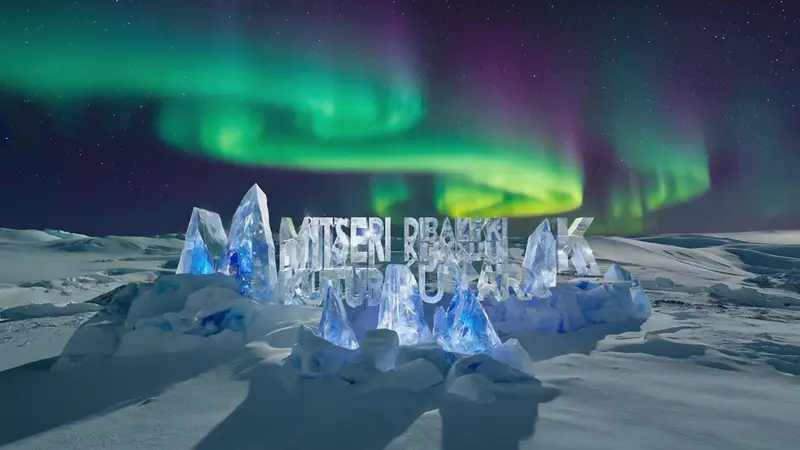Unrevealed Mysteries Behind the North Pole

Table of Contents
Human exploration into this extreme region is full of challenges. With temperatures that can plunge to minus 58°F, months of darkness (polar night), and ever-shifting ice sheets, every North Pole expedition is a heroic struggle. But these very challenges make even the smallest North Pole discovery immensely valuable, adding new layers to the complex history of the North Pole. Global interest in the Arctic isn’t just about pure science; it’s also about understanding a unique region that influences global climate and holds resource potential, all while protecting its fragile Arctic uniqueness.
Peeking Into the Beauty and Brutality of Arctic Nature
Centered in the Arctic Ocean and surrounded by the lands of several nations, the Arctic is far more than a frozen white expanse. It’s a dynamic ecosystem of contrasts where breathtaking Arctic phenomena coexist with some of Earth’s harshest environments. Arctic wonders like the Northern Lights (Aurora Borealis) illuminate the sky, while life below fights to endure the freezing cold.
1. The Mesmerizing Aurora Borealis Phenomenon
- Aurora Borealis may be the most spectacular natural light show on Earth. For millennia, it’s been linked to myths of gods, ancestral spirits, or omens. Modern science explains it as collisions between solar-charged particles and atoms or molecules in Earth’s atmosphere, especially near the magnetic poles. The dominant green glow comes from oxygen, while red or purple tints may come from nitrogen or higher-altitude oxygen.
- Although its mechanism is known, predicting exactly when and where auroras will appear at peak intensity remains a challenge. Factors like solar activity (measured in ~11-year cycles), local weather (cloud cover blocks visibility), and geomagnetic disturbances all affect its visibility. Arctic research continues to monitor solar activity and Earth’s magnetic field to better forecast auroras, helping aurora chasers pursue this Arctic wonder. Mysteries behind the North Pole like auroras remind us the universe still holds countless surprises.
2. Shifting and Hazardous Ice Terrain
- The Arctic surface is not static ice. It’s a living, shifting landscape. One of the hidden facts of the North Pole often overlooked is that Arctic sea ice moves, cracks (leads), and forms towering ridges due to collisions—some as tall as buildings. Climate change accelerates these processes, thinning and reducing summer ice significantly. Satellite data shows a notable decline in minimum September sea ice extent since 1979.
- Major challenges for North Pole expeditions, whether over land or sea ice, include navigating this unstable terrain. A safe path today could turn into a chasm tomorrow. The extreme cold not only threatens hypothermia but also weakens materials and gear. Additionally, encounters with polar bears (Ursus maritimus)—powerful and sometimes aggressive apex predators—raise the danger level. Arctic phenomena like rapid ice melt make movement more unpredictable and dangerous for explorers and indigenous populations.
Table: Changes in Arctic Sea Ice Extent (September Minimum - Avg. 1981–2010 vs. 2023)
| Parameter | Avg. 1981–2010 | Year 2023 | Change (%) |
|---|---|---|---|
| Sea Ice Extent (million km²) | 6.22 | 4.23 | -32% |
| Avg. Ice Thickness (m) | ~3.0 | ~1.5 | -50% |
| Ice Age (>4 years) (%) | ~25% | <5% | Drastic Decline |
| Source: National Snow and Ice Data Center (NSIDC), NASA |
Popular Tags
ADS SPACE HERE